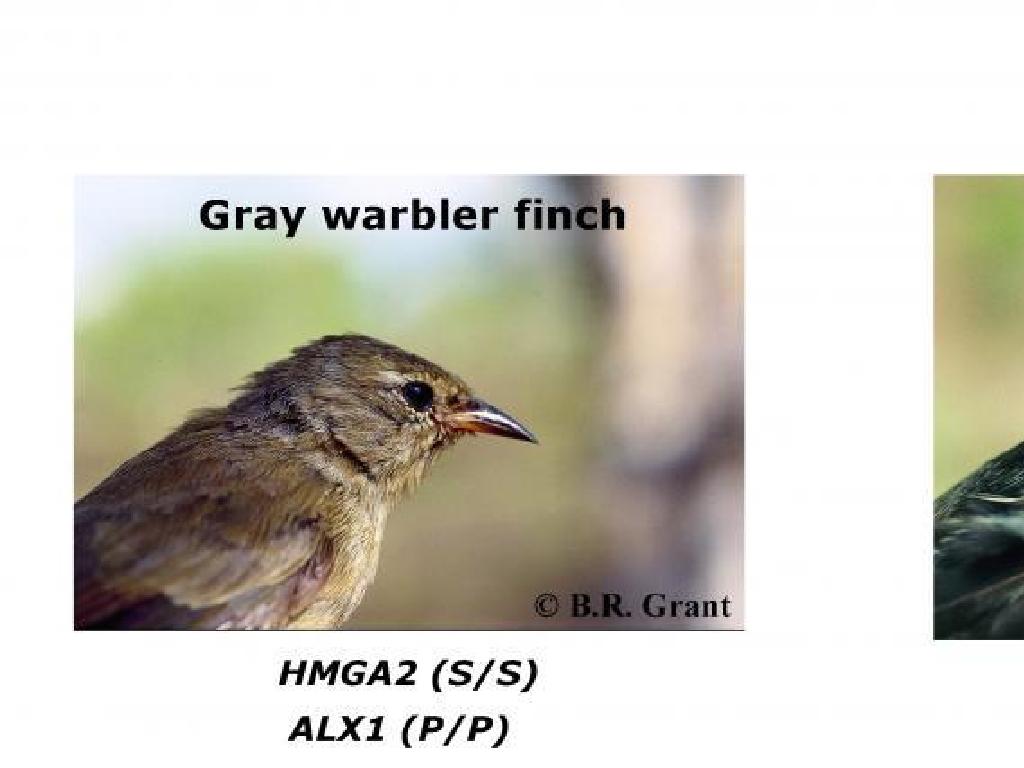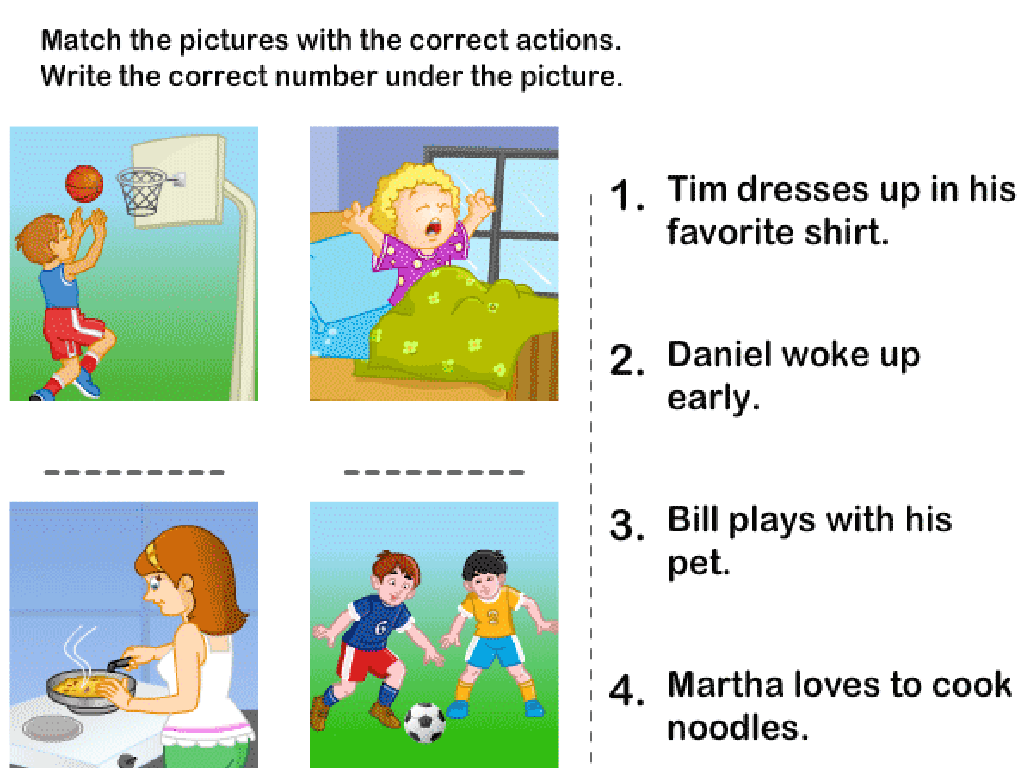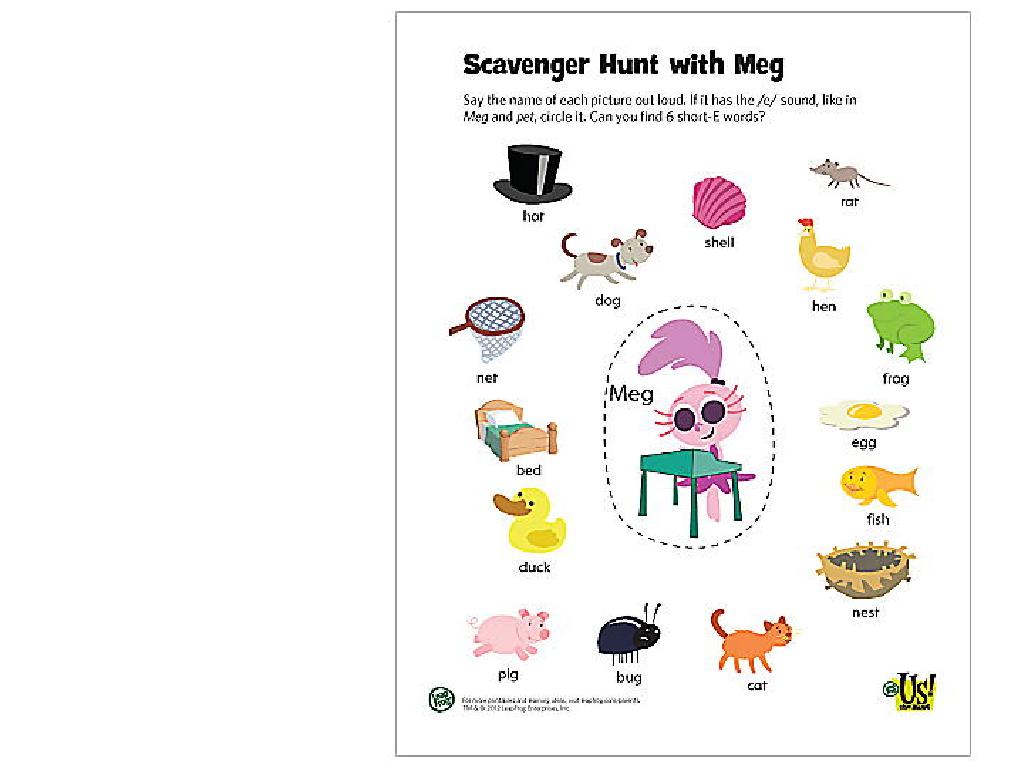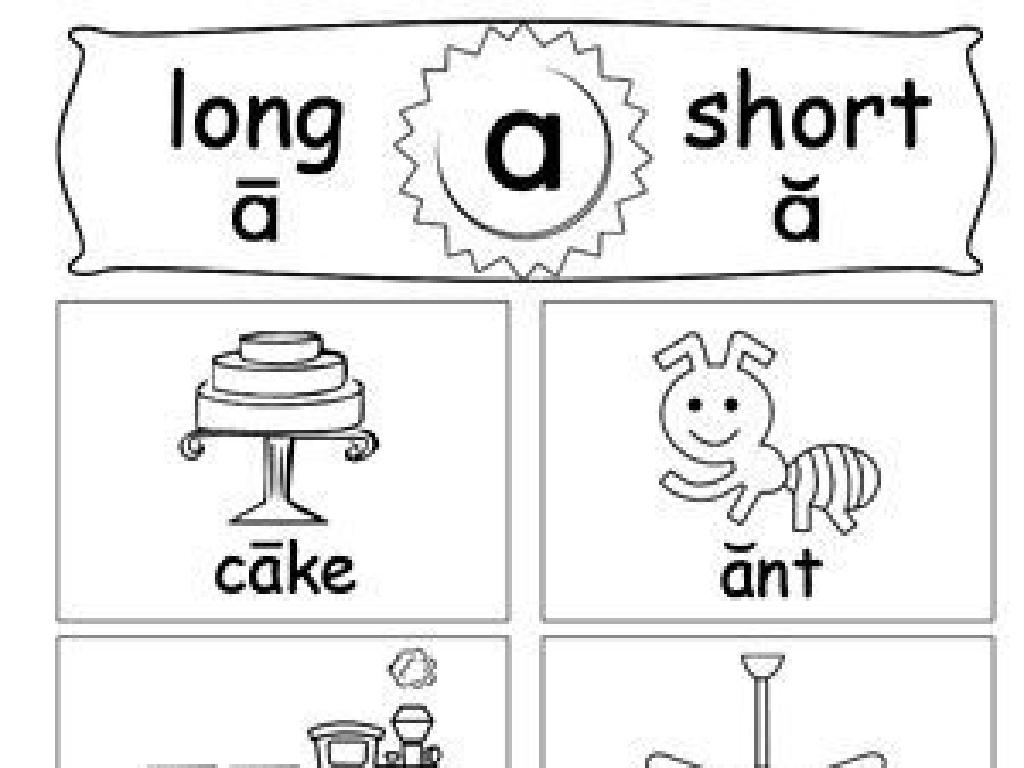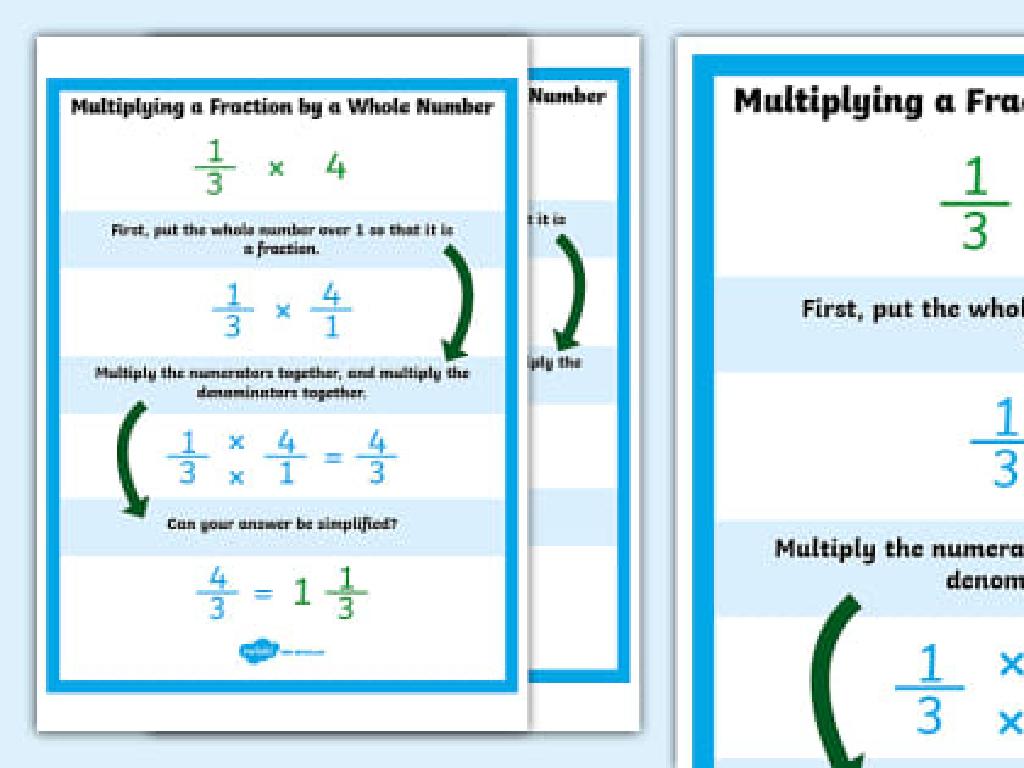Sort Objects By Color
Subject: Science
Grade: First grade
Topic: Shapes And Colors
Please LOG IN to download the presentation. Access is available to registered users only.
View More Content
Sorting by Color
– Learning about colors
– How to sort objects by color
– Group objects based on color similarity
– Sorting organizes and reveals patterns
– Sorting by color helps in quick identification
– Practice sorting with fun activities
– Use colorful toys or items in the classroom
|
This slide introduces the concept of sorting objects by color, which is a fundamental skill in understanding and organizing the world around us. Begin by discussing the primary colors and how every color we see is a part of a bigger family. Explain that sorting is like grouping things that are alike, and in this case, we’re grouping by color. Emphasize that sorting makes it easier to find what we need and to see patterns in our environment. For the activity, provide a variety of colorful objects for the children to sort, such as blocks, buttons, or crayons. Encourage them to discuss why they sorted the objects in a certain way and what patterns they notice. This will help them apply the concept of sorting to other areas and recognize the importance of organization.
Exploring Colors
– What is color?
– Light reflecting off objects
– Colors are everywhere
– Look around to see many colors
– Naming familiar colors
– Think of colors you see every day
– Colors in our classroom
|
Begin the lesson by explaining that color is the result of light reflecting off objects and entering our eyes. Encourage the children to observe their surroundings and notice the variety of colors. Ask them to name colors they are familiar with, prompting them with objects in the classroom if necessary. This will help them connect the concept of color to their everyday experiences. For the activity, have a selection of colorful objects ready for the children to sort by color. This could include blocks, crayons, or pictures. Encourage them to discuss the colors they see and work together to categorize the objects. This interactive approach will reinforce their understanding of colors and how to differentiate between them.
Exploring Primary Colors
– Learn the primary colors
– Primary colors are red, yellow, and blue
– Mixing colors creates new ones
– Red and yellow make orange, blue and yellow make green, and red and blue make purple
– Experiment with color mixing
– Discover secondary colors
– Secondary colors are orange, green, and purple
|
This slide introduces the concept of primary colors to first-grade students. Begin by explaining that red, yellow, and blue are the three primary colors. These are special because they cannot be made by mixing other colors together. Then, demonstrate how mixing these colors can create new ones, which are called secondary colors. For example, red mixed with yellow makes orange, yellow mixed with blue makes green, and blue mixed with red makes purple. Encourage the students to think about and share where they have seen these colors in their daily lives. Plan a hands-on activity where students can mix paints to see the color changes for themselves, reinforcing the lesson through a fun and interactive experience.
Sorting by Color
– What does sorting mean?
– Sorting is grouping items by their features.
– Sorting objects like crayons and fruits
– We can group crayons or fruits by their colors.
– Let’s sort by color together!
– We’ll practice sorting items by color in class.
– Why sorting is useful
|
This slide introduces the concept of sorting to first graders, a fundamental skill in understanding organization and categorization. Begin by explaining what sorting is and why it’s useful for example, it helps us find things faster. Use tangible examples like crayons, which they are familiar with, to illustrate the concept. During the class activity, provide a variety of colored objects for the students to sort, such as blocks, fruits, or toys. This will help them apply the concept of sorting by color in a hands-on manner. Encourage the children to discuss why they sorted the objects the way they did, reinforcing their understanding of colors and enhancing their ability to categorize.
Class Activity: Color Scavenger Hunt
– Let’s go on a scavenger hunt!
– Find objects matching the color said
– Look for items like a red apple or a blue book
– Work together in teams
– Help each other during the hunt
– If a friend is struggling, give hints or point them in the right direction
|
This activity is designed to be a fun and interactive way for students to learn about colors by finding objects in the classroom that match specific colors. Before starting, explain to the students what a scavenger hunt is and how they will be doing it. Make sure to emphasize teamwork and helping each other. You can use color flashcards to show the color they should look for. Possible variations of the activity: 1) Assign different colors to different groups, 2) Time the hunt and see which team can find all items the fastest, 3) Have students draw the items they find and color them accordingly, 4) Create a color chart on the board where students can place the objects they find, 5) After the hunt, discuss with the class why some objects were easier or harder to find. This will help students understand the concept of color in a practical and engaging way.
Color Review and Show-and-Tell
– Review the colors we learned
– Present your scavenger hunt finds
– Share the colorful objects you found
– Explain why you chose each object
– Tell us what made you pick each one
– Discuss the colors of the objects
|
This slide is meant to recap what the students have learned about colors and to give them an opportunity to engage with the class by showing the objects they collected during the scavenger hunt. Encourage each student to speak about why they chose their particular objects and what colors they are. This will help reinforce their understanding of colors and also develop their speaking skills. As a teacher, provide positive feedback and guide the discussion to ensure that each child understands the concept of sorting by color. Prepare to assist students who may be shy or need help expressing their thoughts.
Colorful Conclusion
– Excellent work on color sorting!
– Sorting colors is an everyday skill.
– Colors beautify our world.
– Think of rainbows, flowers, and art.
– Keep observing colors around you!
– Notice the colors in nature, at home, and in school.
|
Well done on completing today’s color sorting activity! Sorting by color is not just a fun classroom activity, but it’s also a practical skill that children can apply in their daily lives. Encourage the students to continue observing and appreciating the variety of colors they see around them every day. Whether it’s organizing their toys, picking out clothes, or noticing the different colors in nature, understanding and recognizing colors help enhance their perception of the world. Remind them that colors are a part of our environment and they contribute to the beauty of our world. Celebrate their effort and encourage them to keep practicing this skill.

